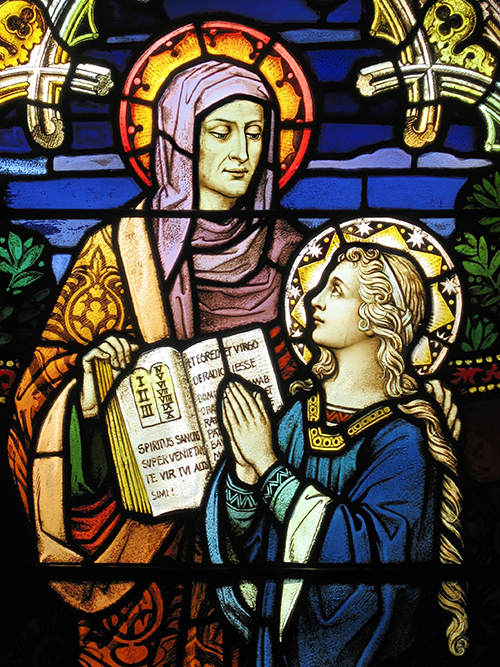
My memory of school-day chemistry is not extensive.
However, I remember one principle in chemistry.
Sometimes, two elements lie side by side inside a test tube and do not unite until there is sufficient heat to bring them to a high enough temperature where unity can take place.
That is a wonderful metaphor for Advent.
Advent is about getting in touch with our longing.
It is about letting our yearnings raise our “psychic temperature” (to use a phrase from Pierre Teilhard de Chardin sj) so that we are pushed to eventually let down our guard, hope in new ways, and risk intimacy.
St John of the Cross (in his book “Living Flame of Love”) has a similar image.
Intimacy with God and with each other will only take place, when we reach a certain kindling temperature.
For too much of our lives, he suggests, we lie around as damp, green logs inside the fire of love, waiting to come to flame but never bursting into flame because of our dampness.
However, before we can burst into flame, we must first dry out and come to a kindling temperature.
We do that as does a damp log inside a fire, by first sizzling for a long time in the flames so as to dry out.
How do we sizzle psychologically and spiritually?
For St John of the Cross, we do that through the pain of loneliness, restlessness, disquiet, anxiety, frustration, and unrequited desire.
In the torment of incompleteness, our psychic temperature rises so that eventually, we come to kindling temperature and there, we finally open ourselves to union in new ways.
Advent is about longing, about getting in touch with longing, about heightening it, about letting it raise our psychic temperature.
It’s about sizzling as damp, green logs inside the fires of intimacy, about intuiting the kingdom of God by seeing through desire, what the world might look like if a Messiah were to come and, with us, establish justice, peace, and unity on this earth.
The Latin root of the familiar word ‘Advent’ is veni.
Veni speaks of ‘coming’, the coming of Christ.
However, it might also cause us to reflect on our own ‘coming’, our coming ‘awake’.
Being overly taken up with a newborn babe lying amongst the straw and being gazed upon by Mary, Joseph, shepherds and, yes, even the errant cattle beast, might well distract us from our own work – namely, our awakening to the God within me.
Advent is a time for not only gazing outward, rather also inward until we sizzle and burst into flame.



